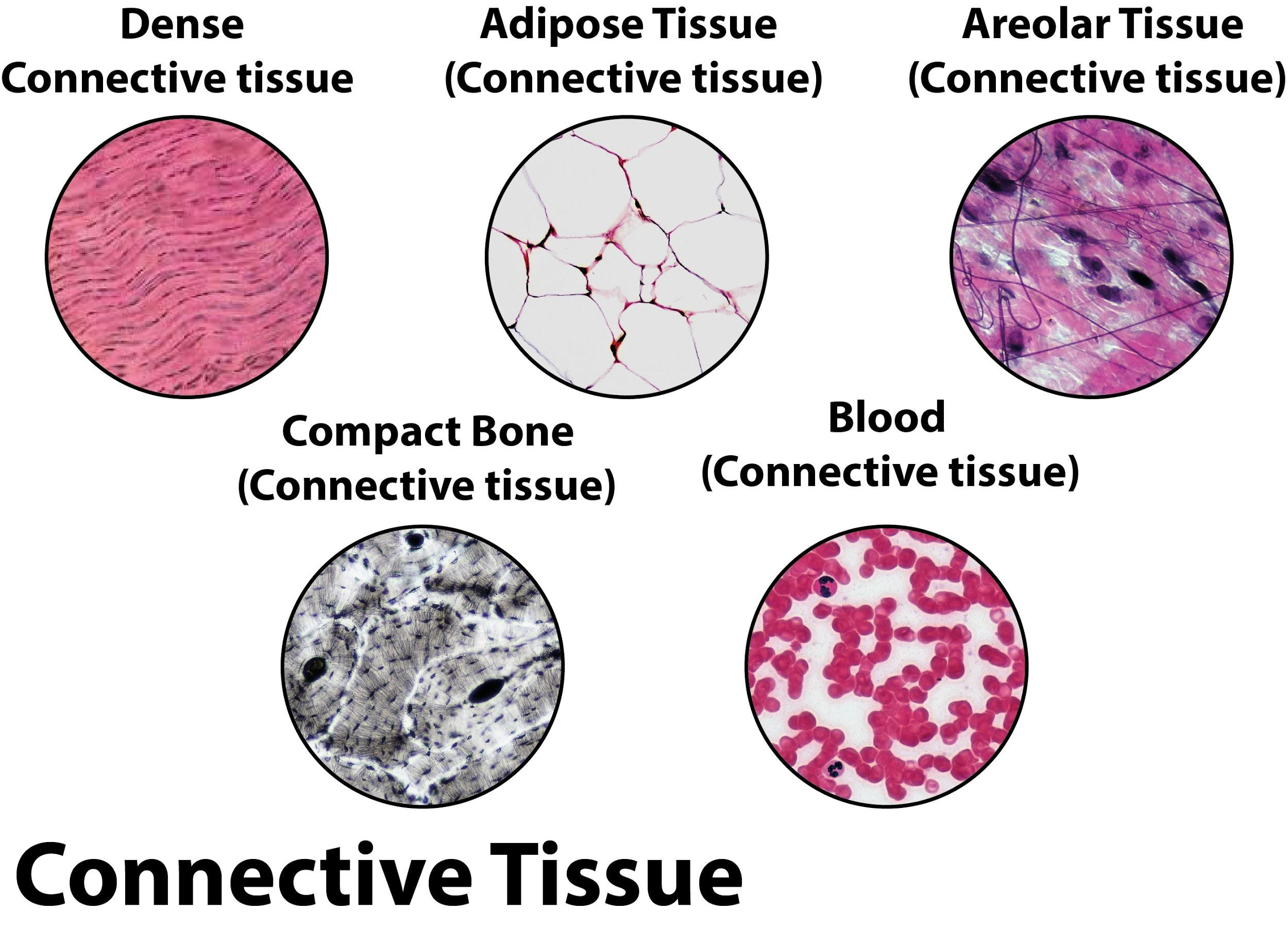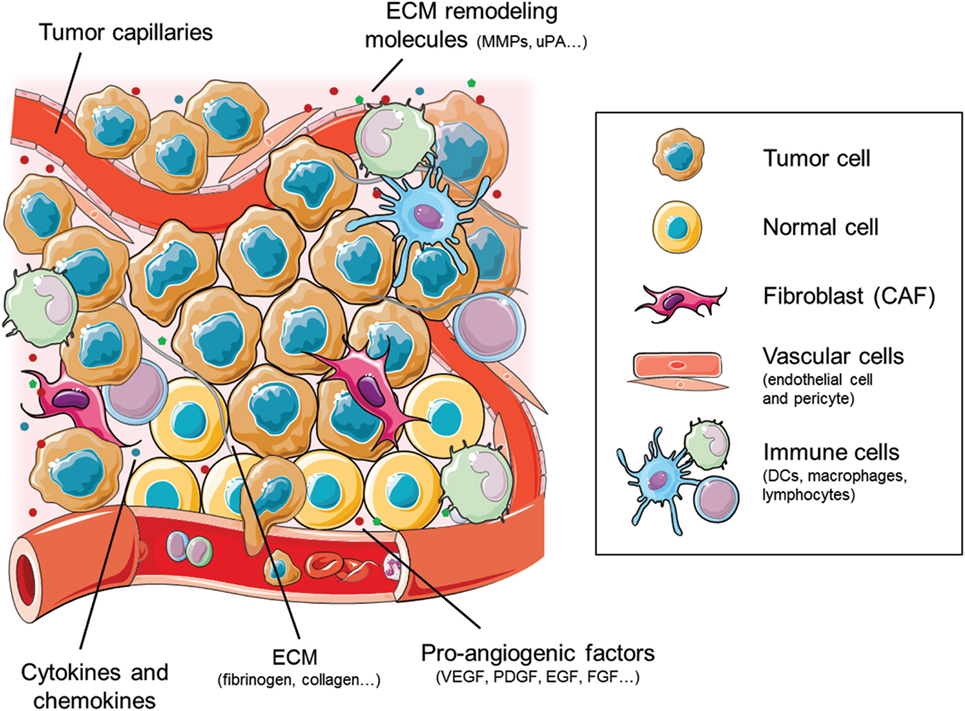What is stroma in cancer? It’s a question that delves into the often overlooked yet critical role of the non-cancerous cells and tissues surrounding tumors. While cancer cells steal the spotlight, the stroma acts as a silent partner, influencing tumor growth, spread, and response to treatment. Understanding the complex interplay between cancer cells and their microenvironment, which includes the stroma, is crucial for developing effective therapies.
The stroma, composed of various cells like fibroblasts, immune cells, and blood vessels, forms the structural support for tumors. It also provides a network for nutrient delivery and waste removal. However, the stroma’s influence goes far beyond simple support. Research reveals that the stroma actively participates in tumor development, contributing to its growth, invasion, and spread. This intricate relationship highlights the importance of studying the stroma to gain a deeper understanding of cancer progression and to develop novel therapeutic strategies.
Introduction to Stroma in Cancer

Stroma, the supporting tissue surrounding tumors, plays a critical role in cancer development. It’s like the stage where the drama of cancer unfolds, providing the backdrop for the tumor’s growth and spread. It’s not just a passive bystander, though. Stroma actively interacts with the cancer cells, influencing their behavior in a complex and dynamic way. Understanding this relationship is crucial for developing effective cancer treatments.
Stroma Composition, What is stroma in cancer
The stroma is a diverse and dynamic environment composed of different cell types and extracellular matrix components. It’s like a bustling city with various inhabitants and infrastructure.Here are some key players:
- Fibroblasts: These cells are the main builders of the stroma, producing collagen and other extracellular matrix components that provide structural support. Think of them as the construction workers, laying the foundation for the tumor’s growth.
- Immune Cells: Various immune cells, like macrophages and lymphocytes, are present in the stroma. They play a complex role in fighting cancer, but can sometimes be manipulated by the tumor to promote its growth. It’s like a battleground where the immune system tries to contain the tumor, but the tumor might outsmart the immune cells.
- Blood Vessels: New blood vessels sprout into the stroma to provide the tumor with nutrients and oxygen. These blood vessels are like the supply lines, delivering what the tumor needs to grow and spread.
- Extracellular Matrix: This complex network of proteins and sugars provides structural support, helps cells communicate, and influences cell behavior. It’s like the city’s infrastructure, connecting different parts of the tumor and allowing it to expand.
Historical Perspective
For a long time, cancer research focused primarily on the tumor cells themselves. The stroma was often seen as just a passive backdrop. However, researchers have come to realize that the stroma is more than just a passive bystander. It actively influences tumor growth, spread, and response to treatment.This shift in perspective has led to a new understanding of cancer, emphasizing the importance of the tumor microenvironment, which includes both the tumor cells and the surrounding stroma.
Stroma’s Impact on Cancer Growth and Progression

Okay, so like, you know how cancer cells are totally bad news, right? Well, the stroma, which is like the surrounding tissue, isn’t exactly a saint either. It’s actually a big player in how cancer grows and spreads, and it’s not always a good thing.
Stroma’s Contribution to Tumor Growth and Angiogenesis
The stroma can actually help cancer cells grow and spread by providing them with the things they need, like blood supply. It’s kind of like a supportive friend who helps you out. One way the stroma does this is through angiogenesis, which is like building new blood vessels. Cancer cells need blood to grow, and the stroma helps them get it.
Think of it like building a highway for the cancer cells to get the nutrients they need.
Stroma’s Role in Tumor Invasion and Metastasis
You know how cancer can spread to other parts of the body? Well, the stroma can actually help it do that too. It’s kind of like a getaway car for the cancer cells. Stroma cells can help cancer cells break free from the original tumor and travel to other parts of the body. This is called metastasis, and it’s a really bad thing.
The stroma can do this by changing its own structure, which helps cancer cells move around. It’s like the stroma is making a path for the cancer cells to follow.
Stroma’s Influence on Tumor Microenvironment
The stroma isn’t just a passive bystander in all this. It’s actually a really active player in the tumor microenvironment. It’s like the stroma is setting the stage for the cancer cells. It can influence the growth and behavior of cancer cells by sending out signals. These signals can tell the cancer cells to grow, spread, or even become resistant to treatment.
It’s kind of like the stroma is giving the cancer cells a pep talk.
Stroma and Cancer Therapy
Yo, so, the stroma isn’t just chillin’ in the background. It’s actually got a big impact on how well cancer treatments work. Like, it can make some treatments less effective, but it can also be targeted to help fight cancer. It’s kinda like a double-edged sword.
Stromal Components Affect Cancer Therapy Effectiveness
The stroma can affect cancer therapy in a few ways, which is totally wild. First, it can make it harder for chemo drugs to reach cancer cells. The stroma can act as a barrier, like a wall, keeping the drugs out. Second, the stroma can help cancer cells become resistant to radiation therapy. The stroma can protect cancer cells from the damage caused by radiation.
And lastly, the stroma can actually help cancer cells spread to other parts of the body. It can provide a pathway for cancer cells to travel through.
Targeting Stromal Cells for Cancer Treatment
So, if the stroma can make cancer treatment harder, can we use it to help fight cancer? Totally! Scientists are working on new treatments that target the stroma to fight cancer. This is called stromal targeting therapy. It’s like attacking the enemy’s base instead of just the enemy.
Examples of Stromal Targeting Therapies
There are a few different ways to target the stroma. One way is to use drugs that block the signals that tell stromal cells to help cancer grow. Another way is to use drugs that kill stromal cells directly. And a third way is to use drugs that make stromal cells more sensitive to radiation therapy. These are some of the most common stromal targeting therapies:* Anti-angiogenic therapies: These drugs block the growth of new blood vessels that supply cancer cells with nutrients and oxygen.
They basically starve the cancer cells. Examples include bevacizumab (Avastin) and sunitinib (Sutent).
Immune checkpoint inhibitors
These drugs help the immune system recognize and attack cancer cells. They basically tell the immune system to stop ignoring the cancer. Examples include nivolumab (Opdivo) and pembrolizumab (Keytruda).
Fibroblast activation protein (FAP) inhibitors
These drugs target FAP, a protein found on the surface of cancer-associated fibroblasts. They can help slow down cancer growth and spread. Examples include pemigatinib (Pemazyre) and FAP-targeted CAR T-cells.
Stroma and Cancer Diagnosis: What Is Stroma In Cancer
Yo, so you know how the stroma is like the backbone of the tumor, right? Well, it’s not just about support, it’s also a goldmine of info for docs to figure out what’s going on with your cancer.
Stroma Features for Diagnosis and Prognosis
Docs use the stroma to figure out what kind of cancer you have and how aggressive it might be. They look at things like how dense the stroma is, what kind of cells are in it, and how the stroma interacts with the tumor cells. For example, if the stroma is really dense and packed with collagen, it could mean the cancer is more likely to spread.
On the flip side, if the stroma is more loose and has lots of blood vessels, it might mean the cancer is growing faster.
Stroma Markers for Cancer Subtypes
Stroma markers are like little flags that help docs tell different types of cancer apart. They’re specific proteins or other molecules that are found in the stroma of certain cancers.For example, a marker called fibronectin is often found in the stroma of breast cancer. Docs can use this marker to tell if the cancer is more likely to spread to other parts of the body.
Imaging Techniques to Visualize Stroma
There are different ways to get a peek at the stroma, like:
- Immunohistochemistry (IHC): This technique uses antibodies to label specific proteins in the stroma. It’s like a detective using a magnifying glass to find clues. Docs can then look at the stained tissue under a microscope to see how the stroma looks.
- Magnetic Resonance Imaging (MRI): This imaging technique uses magnetic fields to create detailed pictures of the body. MRI can be used to see how the stroma is structured and how it interacts with the tumor. Think of it like a super-powered X-ray.
- Computed Tomography (CT) Scan: This imaging technique uses X-rays to create detailed images of the body. CT scans can help docs see if the stroma is dense or loose and how it’s affecting the tumor’s growth.
Stroma and Cancer Research

Yo, the stroma is like the unsung hero in cancer, but it’s finally getting some recognition. Scientists are totally digging into how it impacts cancer growth and progression, and they’re coming up with some seriously cool stuff.
Emerging Technologies and Techniques
Okay, so researchers are using some pretty rad tech to get a better handle on the stroma. They’re like, “Let’s get up close and personal!” with these tools.
- Single-cell sequencing: This is like looking at each cell individually and seeing what’s going on inside. It’s giving scientists a super detailed view of the stroma and how it interacts with cancer cells.
- Spatial transcriptomics: This is like a map of gene expression in the tumor. It shows where different genes are being turned on and off, which gives researchers a better understanding of the stroma’s role in the tumor microenvironment.
- 3D tumor models: These are like mini-tumors grown in the lab. They let scientists study how the stroma and cancer cells interact in a more realistic setting.
The study of stroma in cancer has opened new avenues for understanding tumor behavior and developing targeted therapies. By unraveling the complex interplay between cancer cells and their microenvironment, we can identify potential targets for therapeutic intervention. As research continues to shed light on the intricate roles of the stroma, we are moving closer to personalized therapies that effectively combat cancer while minimizing side effects.
Q&A
What are the main types of stromal cells?
Stromal cells are diverse and include fibroblasts, immune cells (like macrophages and T cells), endothelial cells (lining blood vessels), and pericytes (cells that support blood vessels).
How does the stroma affect cancer treatment?
The stroma can influence the effectiveness of chemotherapy and radiation therapy by creating a barrier that prevents drugs from reaching cancer cells or by promoting tumor resistance.
What are some examples of therapies targeting the stroma?
Some examples include drugs that block angiogenesis (the formation of new blood vessels), drugs that target specific stromal cells, and immunotherapy approaches that aim to reprogram the immune system to attack stromal cells that support tumor growth.





